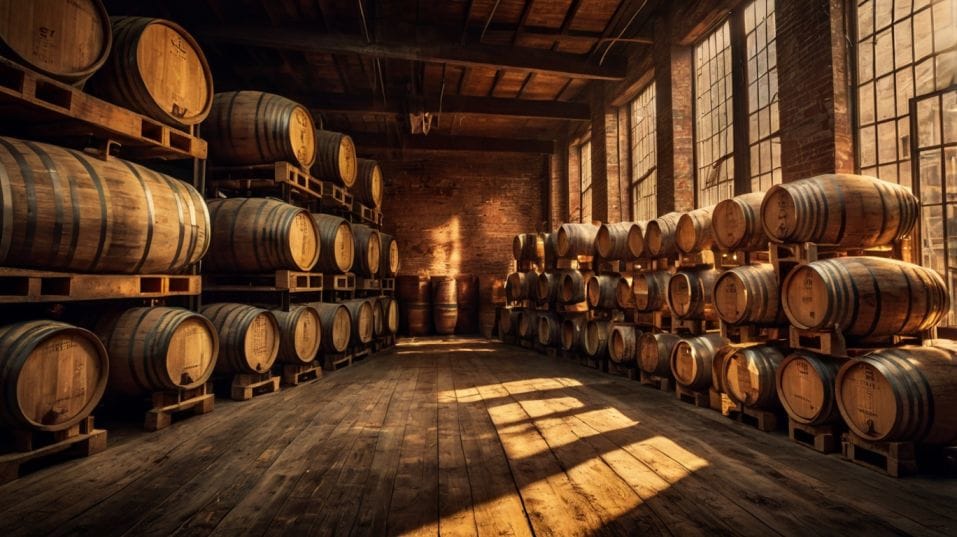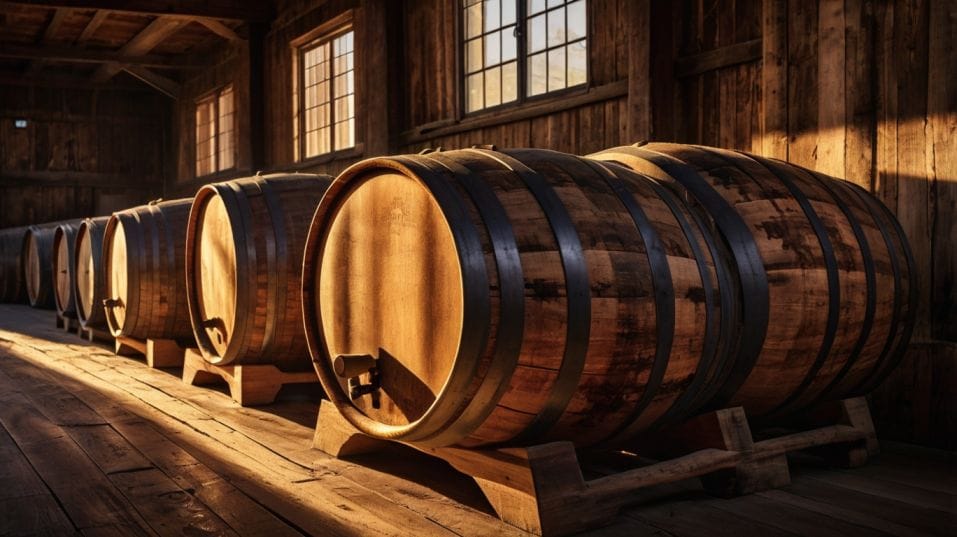12 Years Isn’t Always Better: Age vs. Flavor
Think older whiskey is always better? Learn why age doesn't equal flavor—and how to sip, collect, and taste whiskey with real confidence.

Ever wonder if that “12-year” badge on your whiskey bottle really means it tastes better? For curious drinkers just starting their whiskey journey, here’s a truth that might surprise you: age doesn’t equal flavor.
A younger whiskey can thrill your palate just as much—sometimes more—than an older one. If you want to build real confidence in what you sip, it’s time to focus less on numbers and more on what’s actually in the glass.
Age Is a Number. Flavor Is Chemistry.
Let’s break the biggest myth wide open: the older the whiskey, the better it tastes. This idea survives because it’s easy to repeat and hard to disprove—until you actually start tasting for yourself.
In reality, age tells you one thing: how long the spirit sat in oak. That’s it. Not how it was distilled. Not how it matured. Not how it tastes.
Whiskey evolves in the barrel, but it doesn’t follow a straight upward path. Early on, you get vibrant flavors—fresh grain, fruit, spice. With time, those notes soften, and richer characteristics like vanilla, caramel, leather, and oak emerge.
Sounds good, right? It can be. But push it too far, and the wood starts dominating. Acidity drops. Complexity turns into monotony.
You’re left with something polished, but lifeless. So yes—age can help. But only if everything else was done right.

Flavor Starts Before the Barrel
Flavor doesn’t begin with aging. It begins in the grain bill, the yeast, and the still.
Grain Bills Set the Foundation
Mash bills—your mix of grains—set the tone. High rye content adds pepper and herbal notes. Corn brings sweetness. Wheat softens and rounds.
Malted barley adds richness, especially in single malts. A six-year bourbon with a spicy high-rye mash might have more character than a ten-year wheated bourbon that leans soft and simple.
Fermentation and Distillation Shape Flavor Early
Then comes fermentation. Longer, slower fermentation builds esters—fruity, floral compounds that give depth. Fast fermentation, often used to boost production, can lead to flat, one-dimensional whiskey, no matter how long it ages.
Distillation is next. Pot stills preserve heavier, richer flavors. Column stills are more efficient, often producing a cleaner, lighter spirit.
But even there, cut points—the moment distillers choose to separate good spirit from unwanted alcohols—play a massive role in flavor development.
If the distillate is uninspired, no amount of time in oak will make it interesting. You can’t age flavor into something that wasn’t there to begin with.
Barrel Aging: Art, Not Countdown
When whiskey hits the barrel, transformation begins—but not in predictable ways.
Char Levels and Wood Impact Flavor Directly
Barrel char level matters. A deeply charred barrel (Level 4) adds more caramel and vanilla early. A lighter char leaves more room for grain and spice to shine.
Climate Controls the Clock
Climate plays a massive role, too. Hotter regions like Kentucky or Taiwan cause more rapid expansion and contraction of whiskey in the barrel. This means more intense barrel interaction, faster flavor extraction, and quicker aging.
A 4-year bourbon from Tennessee might taste as mature as a 12-year Scotch aged in the cool Scottish Highlands.
Warehouse Conditions Add Another Layer
Warehouse conditions matter. Top racks in rickhouses can get significantly hotter, accelerating aging. Bottom levels stay cooler, aging slower. Some distilleries rotate barrels. Others don’t. These decisions all affect what ends up in your glass.
So again: it’s not about the number. It’s about what happened during those years—and where.
The Proof Factor
You’ll often find older whiskeys bottled at lower proofs. That’s not always a bad thing—but it’s not always a good thing, either.
Higher proof whiskey (often 50% ABV and up) tends to retain more character. It gives you a broader range of flavors, more structure on the palate, and more room to explore how it evolves with a few drops of water.
Many younger whiskeys—especially those released at cask strength—can offer explosive flavor, depth, and clarity that older, watered-down bottles simply can’t.
That punch of intensity isn’t a flaw; it’s a feature. You just need to learn how to taste it.
Adding water slowly and deliberately unlocks layers, especially in younger or higher-proof spirits. You control how the whiskey opens up—and how you experience it. This is where flavor literacy starts to matter more than label reading.
Tasting With Intention
Let’s say you line up two whiskeys: one is a 14-year single malt aged in refill bourbon barrels. The other is a 5-year malt aged in a first-fill sherry cask.
Which one will have more richness? More impact? More fruit? The younger one might blow the older one out of the glass.
This is why you taste with intention. Start reading back labels and distillery specs. Learn about cask types—sherry, port, wine, virgin oak. Each brings something unique. First-fill barrels give more punch; refill barrels let the spirit shine.
Train your palate by taking notes—not just about flavors, but textures. Is the mouthfeel creamy, oily, sharp, drying? How long does the finish last?
What flavors linger? When you stop focusing on age and start focusing on feel, you begin to understand whiskey at a higher level.
Building a Collection That Makes Sense
Too many new collectors aim for prestige. They chase double digits and limited editions, hoping to impress or invest. But that shelf ends up full of bottles you rarely drink—because you bought them for the label, not the flavor.
Start collecting with your palate, not your ego. Look for variety in region, cask type, and distillation method.
Mix young, high-proof bottles with older, softer ones. Have a rye-heavy bourbon next to a low-rye wheater. Build a tasting journey, not a museum.
Taste across age ranges from the same distillery. Try a 4-year and a 10-year from the same line. Learn what time adds—and what it takes away. You’ll start to see which elements you value most.
And when someone asks why your favorite bottle is only five years old, you’ll have the language—and confidence—to explain exactly why it belongs on your shelf.
Final Thoughts: Taste First. Ask Questions Later.
You’re here to get good at whiskey—not just to collect it, but to understand it. To taste deeper. Smarter. With more clarity and confidence.
Ignore the noise about age. Pay attention to the glass. Ask better questions: Where was it aged? What cask was used? What grains? What yeast? What proof?
Build your palate like you’d build any skill—by doing, tasting, trying. So today, grab a bottle younger than you'd normally trust. Pour it. Sit with it. Explore what it’s telling you. That’s how you stop drinking labels—and start drinking whiskey.




